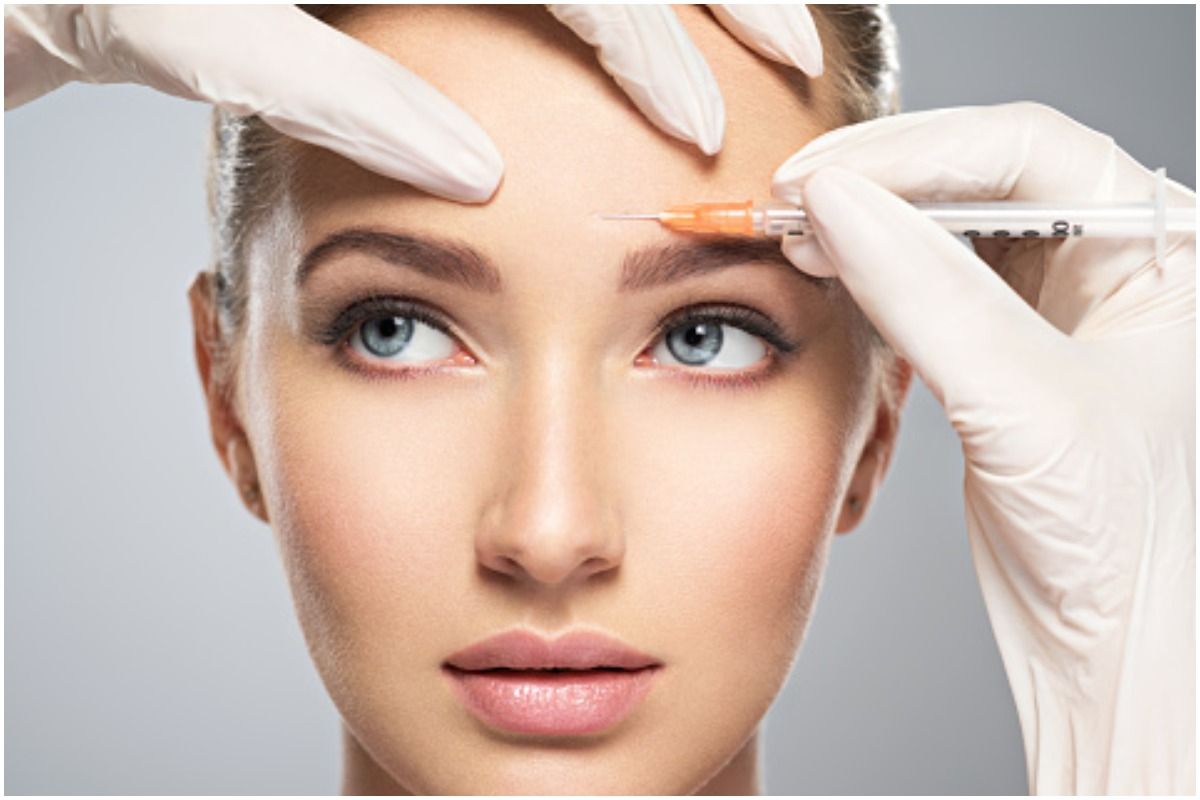
Botox Injections: Potential Cosmetic and Medical Treatments

More than 7.4 million people in the US receive Botox treatments annually. That makes Botox the leading non-invasive procedure. The injection has many medical and cosmetic applications. Here are Botox® Downey facts and health conditions it can treat.
How Botox works
Botox is a neurotoxin that blocks the neurotransmitters responsible for muscle movements. Although it is a toxin, it has medical and cosmetic benefits in small doses.
Your healthcare provider will administer the injection in the target area. The technique and dosage may vary depending on the condition you are planning to treat.
The procedure typically takes 20 to 30 minutes in an outpatient setting. The effect of the neurotoxin eventually wears off. But several weeks is enough to treat most conditions.
Botox for fine lines and wrinkles
Botox is one of the most popular treatments for fine lines and wrinkles. It is particularly effective for treating dynamic wrinkles which appear due to facial movements like smiling and frowning.
Botox eliminates dynamic wrinkles by temporarily relaxing muscular tissues. Since the underlying muscles cannot contract, it limits facial movements and smooths fine lines around your eyes and mouth.
An injection can also reduce the appearance of static lines that occur due to aging. However, the treatment is not as effective on static lines. Your aesthetician will explore other alternatives like dermal fillers and injectables. Injectables contain nutrients and hyaluronic acid, which can restore collagen and firm the skin.
Botox for eye problems
Botox can treat eye problems such as crossed eyes or eye spasms. When muscles in one of your eyes weaken, it forces the other opposite eye to shift further in the opposite direction. As a result, you may develop an eye condition called strabismus or crossed eye.
Your provider may administer Botox on the eye with the stronger muscle. The neurotoxin relaxes the eye and allows the other one an opportunity to become stronger.
Botox can also reduce uncontrollable muscle contractions such as twitching and eyelid tics. While these conditions are usually benign, they may cause discomfort and impact day-to-day activities.
Botox relaxes the appropriate muscles to minimize tics and muscle spasms. Patients may notice the symptoms’ intensity diminishing between two weeks and four months.
Overactive bladder and urinary incontinence
Patients with an overactive bladder or urinary incontinence can benefit from Botox injections when other treatments fail. It involves administering a solution along the bladder’s lining to reduce the urgency.
Studies show 70 to 77% of patients notice improvements after the injection. It reduces the number of times you urinate during the day or at night.
Side effects and complications
Botox side effects usually appear around the treatment site. It may cause inflammation, swelling, and bleeding in the treated area. Botox injections could impact surrounding muscles and nerve tissues if it is not administered precisely on the site.
Some patients experience dizziness, fatigue, or nausea. These symptoms are often due to an allergic reaction to the ingredients or poor administration of the injection.
Contact Younger World Med Spa to schedule your Botox therapy appointment.
